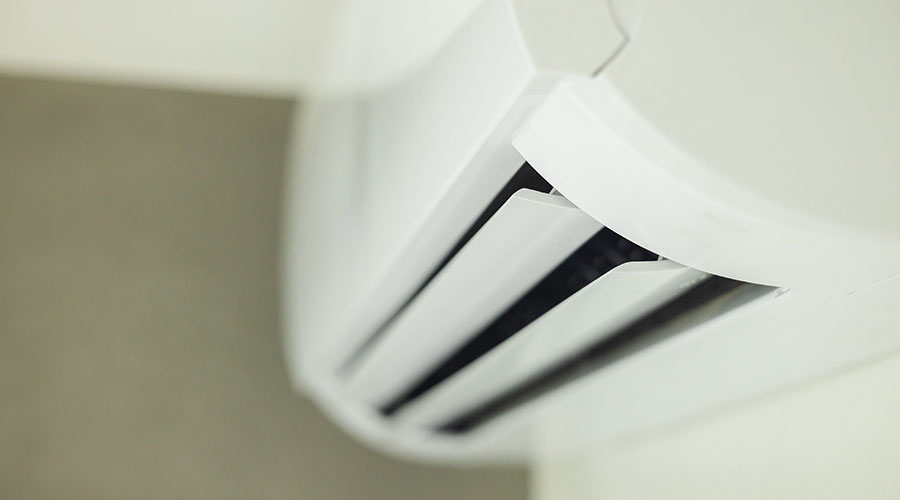Maintenance Bulletin
IAQ As a barrier to access
Facilities’ indoor air will get still more scrutiny, this time from the Access Board, the government agency that oversees changes in the Americans with Disabilities Act access guidelines (ADAAG).
Later this year, the board “will undertake research on methods for improving indoor air quality that will build upon its history of working with model code and standard setting organizations,” according to a statement from the board.
Its action is driven by comments from individuals with acute sensitivity to chemicals in the environment, known as multiple chemical sensitivities, as well as to electromagnetic sensitivities.
“They report that chemicals released from products and materials used in the construction, renovation and maintenance of buildings, as well as electromagnetic fields and inadequate ventilation, are barriers that deny them access to buildings,” according to the statement. “Many of these comments identify indoor air quality as a primary concern in causing a range of debilitating physical reactions, some even life-threatening.”
The board says the aim of the project is to bring together various interested parties to examine possible actions to improve the accessibility of indoor environments. Interested parties the board identified as participants include:
- building owners and operators
- architects and designers
- manufacturers of building products and materials
- model-code and standard-setting organizations
- environmental and health professionals
- government agencies
- organizations representing people with multiple chemical or electromagnetic sensitivies.
Federal funds to target school security
The nation’s public schools are set to receive $60 million from the federal government over the next two years to help design response and evacuation plans for emergencies, including chemical and biological attacks.
Under a plan announced last month by the departments of Homeland Security and Education, the funds could be used to:
- purchase equipment
- train school personnel, parents and students in crisis response
- coordinate with local emergency responders, including fire and police
- coordinate with groups and organizations responsible for recovery issues.
Officials of both departments also urged district officials and managers to develop and regularly update an emergency response plan. For example, in an effort to prevent or mitigate the severity of a crisis, officials urge school districts to:
- conduct an assessment of each school building, identifying factors that put the building, students and staff at risk
- have site plans for each school facility readily available, and ensure they are shared with first responders and agencies responsible for emergency preparedness.
School district officials interested in more information can check out a new Web site dedicated to this effort.
Update: The EPA on campus
A fifth New York university has joined a federal program to audit its own compliance with environmental laws and report violations to the U.S. Environmental Protection Agency (EPA). Under the EPA’s Colleges and Universities Initiative in region 2, the City University of New York — the country’s largest urban university — will monitor compliance with laws governing air, water, pesticides, hazardous wastes and chemicals, and environmental response.
The EPA has agreed to waive most penalties for self-disclosed violations.
Related Topics:











